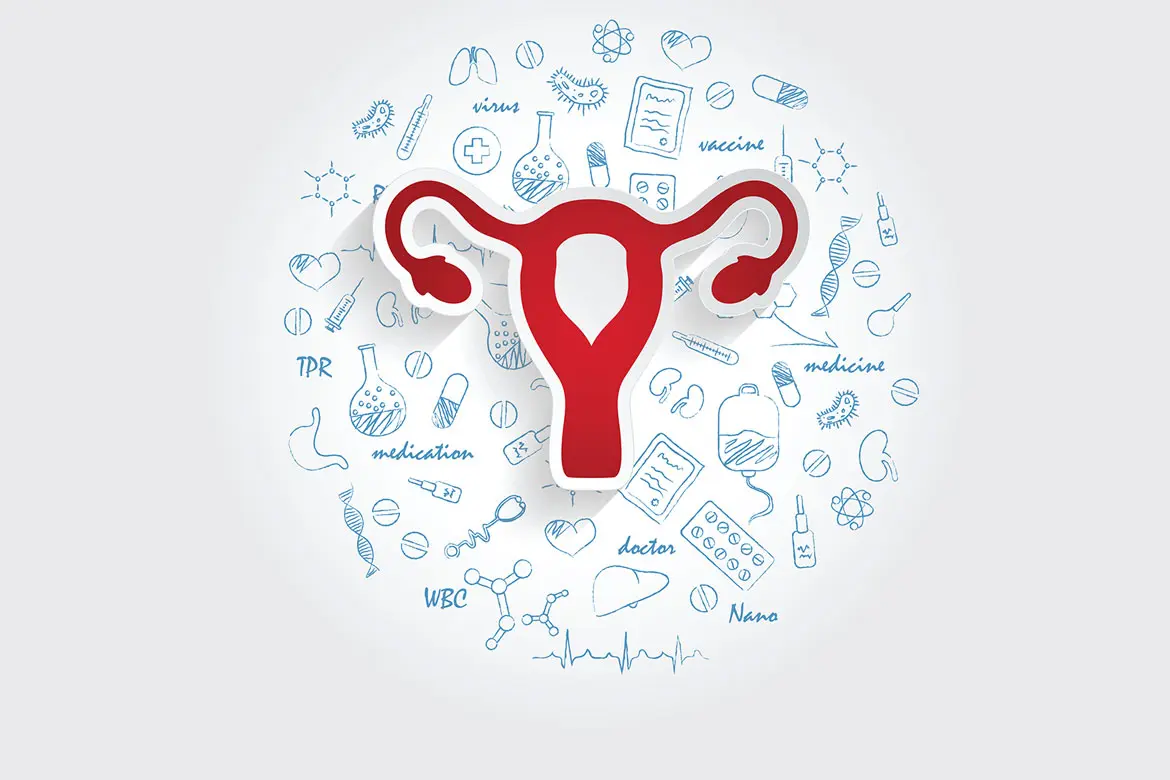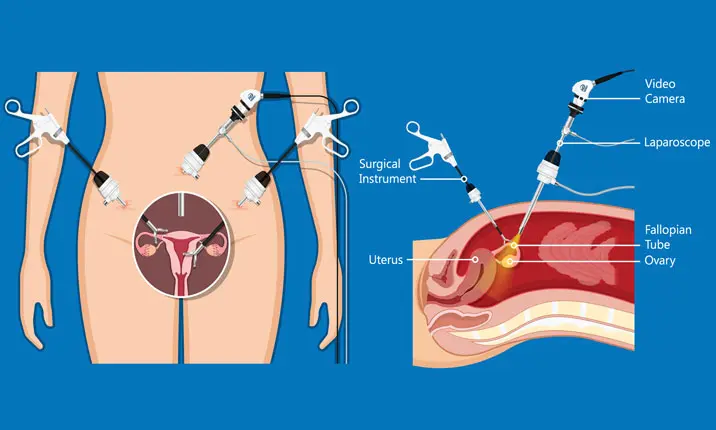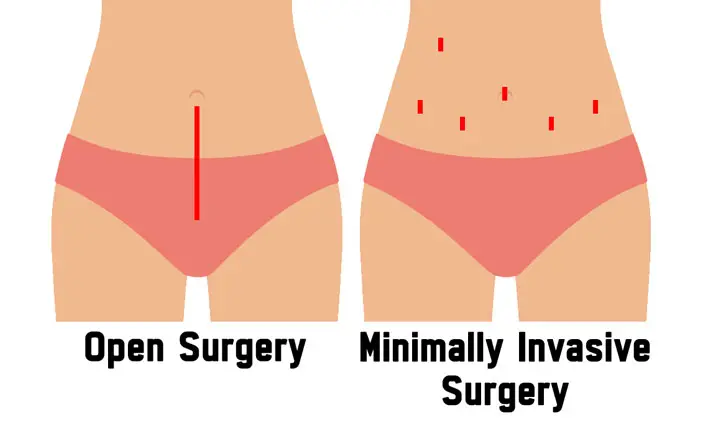Cysts are usually found during scans for unrelated conditions. Occasionally, it can cause pain. Sometimes, if the cyst is bigger than 10cm, it can be felt by the patient. If you have problems with ovarian cysts, speak to your gynaecologist.
There are various types of cysts:
- Functional cysts are the most common. There are 2 types of functional cysts and they include follicle and corpus luteum cysts. Follicle cysts typically dissolve after ovulation. If they don't, and the opening of the follicle seals, additional fluid can develop inside the sac, and this accumulation of fluid can cause a corpus luteum cyst.
- Dermoid cysts grow from the ovary cells and it can contain hair, teeth, sebum and sometimes even bone tissue.
- Endometriotic cysts form as a result of the womb tissue migrating to the ovary.
- Cystadenomas are noncancerous cysts that can develop on the outer surface of the ovaries.
Although not very common, some ovarian cysts can develop into ovarian cancer. The risk gets higher in people who have been through menopause.
How are cysts diagnosed?
Doctors are able to recognise cysts through a physical examination, but they often rely on diagnostic imaging to determine what's inside the lump. These types of imaging include ultrasounds, CT scans, MRI scans, and mammograms.
The only way to confirm a cancerous cyst is to have it biopsied. A biopsy is a procedure to remove a piece of tissue or a sample of cells from your body so that it can be analysed in a laboratory. This involves surgically removing some or the entire lump which can be done through a minimally invasive procedure. A minimally invasive procedure is carried out through small 0.5 – 1cm incisions on the abdomen, using high definition camera lens and precision tools.
What is MIS cystectomy?
MIS cystectomy, also called laparoscopic surgery or keyhole surgery, is a modern surgical technique to remove a cyst. Your surgeon will insert a small telescope with a tiny camera and surgical equipment through small incisions in your abdomen to locate and remove your cyst. This avoids the need to make the large and invasive incisions required for open surgery.
How is MIS cystectomy performed?
Usually, laparoscopic surgery is performed in the operating theatre, under general anaesthesia.
The first incision is usually through the belly button where the camera is inserted, followed by carbon dioxide gas, to inflate the area and create space for the operation. The telescope will transmit high definition images to the system, allowing your doctor to magnify the area of concern and proceed with the operation.
Next, 2 or more small incisions will be created under direct vision from the operating camera to allow introduction of other instruments to help facilitate the procedure.
The cyst is usually removed via the belly button incision using a retrieval device. Absorbable sutures or surgical glue will be used to close the incisions. The surgeon will check the operative area and if required, a dressing will be applied to the wound for further protection.
When is MIS cystectomy recommended?
As most cysts disappear after a few weeks or months, your doctor will probably take a wait-and-see approach for a few months. Imaging tools will be used to compare progress at each visit. These can include:
- Ultrasound – this is the most common modality used and is readily available in a gynaecologist's clinic.
- MRI – a type of scan using strong magnetic fields and radio waves to create detailed images of the ovaries.
- CT scan – a series of X-ray images taken from different angles around your body, using computer processing to create cross-sectional images of the ovaries and surrounding tissues.
If your cyst grows above 5cm, your doctor may recommend MIS cystectomy. Other considerations include your symptoms and the type of cyst. A large clear cyst can be drained via laparoscopic surgery through the belly button and then removed.
Solid cysts require further investigation by exploratory surgery to obtain an accurate diagnosis.
Most cysts are taken out by laparoscopic surgery. However, if they are too large or if cancer is suspected, open surgery is recommended to prevent spillage or spreading the cancer cells elsewhere in the body.
How does MIS compare to open surgery?
During an open cystectomy, your surgeon will make a large incision in your abdomen to expose the ovaries. Through this opening, your surgeon will perform the required procedure.
Traditional open surgery typically involves:
- Longer hospital stays due to general anaesthetic and need for more stitches
- Higher risk of blood loss
- Longer recovery time, as long-term physiotherapy may be needed to get back your strength and to achieve a full range of motion
- Larger and more visible scars
The benefits of MIS cystectomy over open surgery typically include:
- A shorter hospital stay
- Lower risk of blood loss
- Shorter recovery time
- Smaller and less visible scars
If you suspect you have an ovarian cyst, it is important to inform your doctor so you can be properly diagnosed and treated before further complications arise.
The improvement on your quality of life can be dramatic, so it's important to prioritise treatment if you need it.















